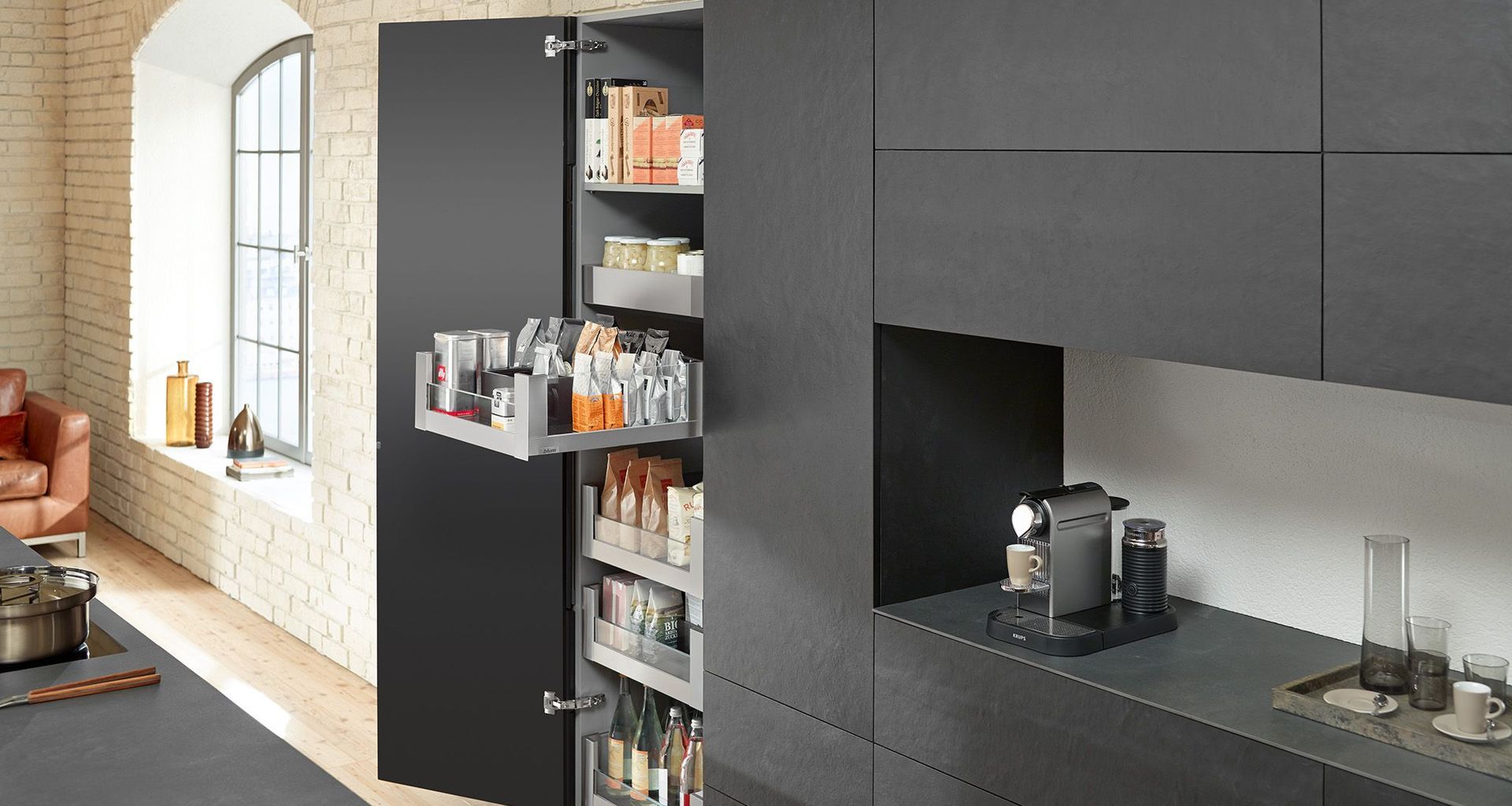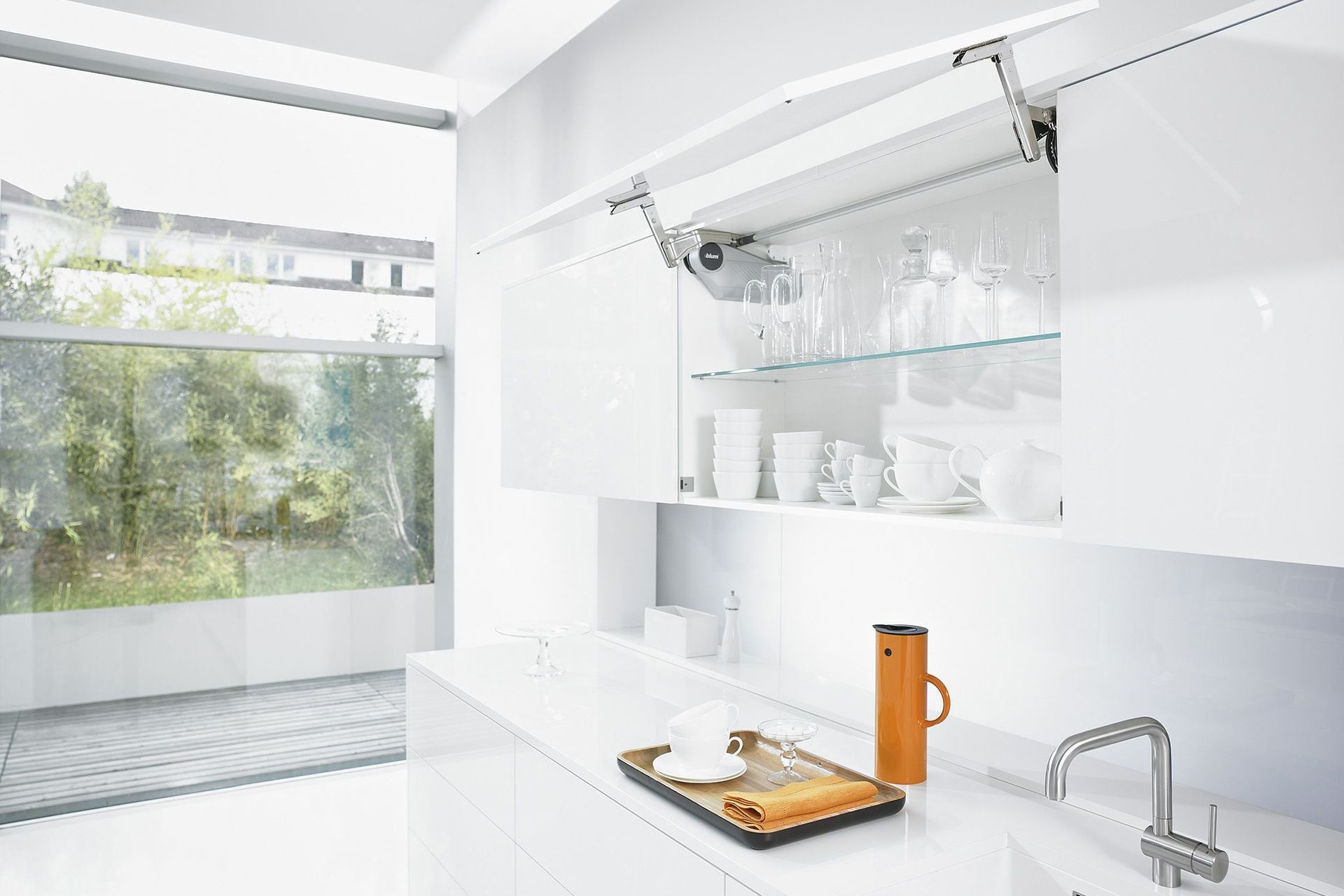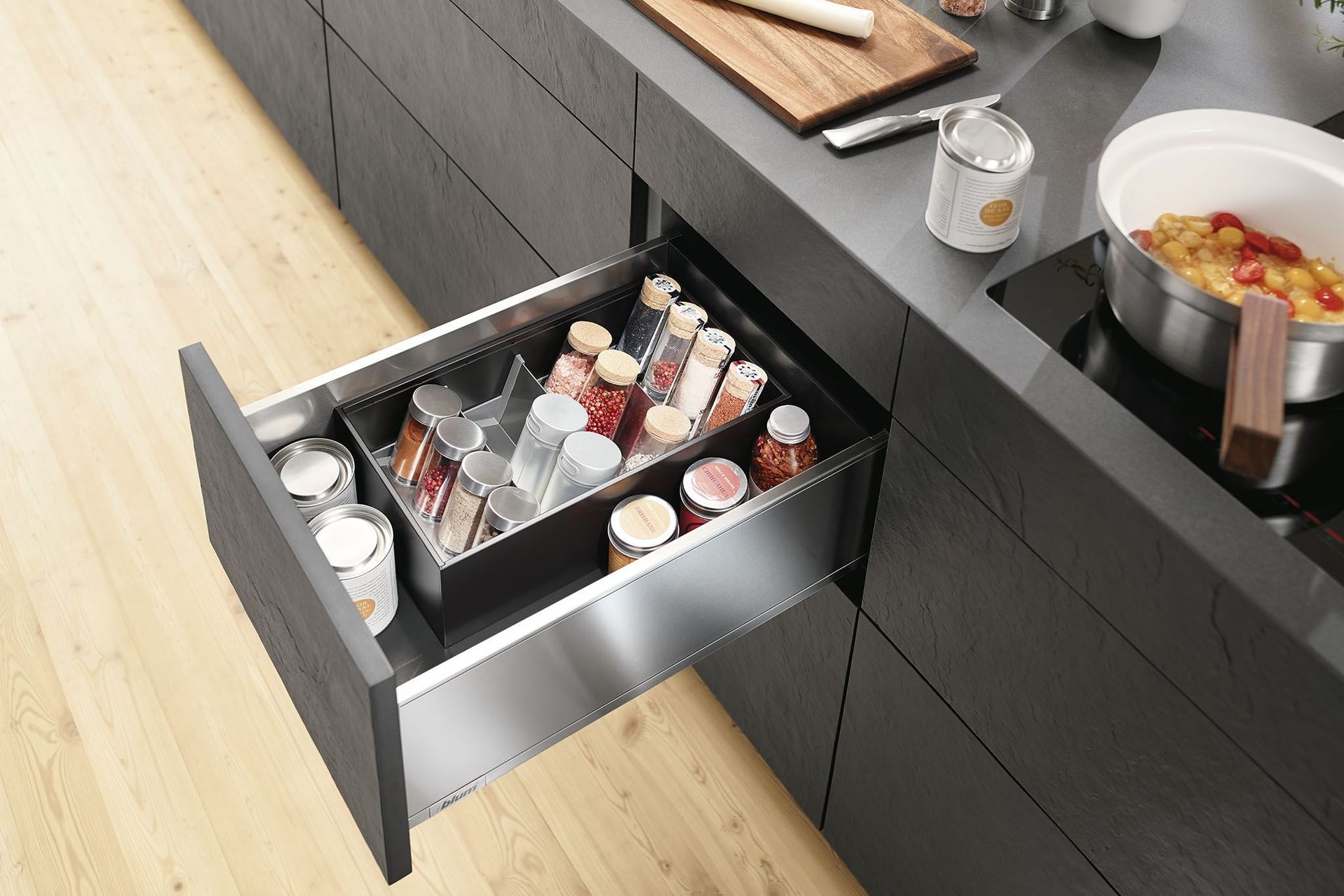Multi-use spaces: the future-proof kitchen
Written by
22 January 2018
•
4 min read

As part of a wider global research and development project, Blum conducted an in depth study of how New Zealanders use and function within their kitchens. What the results showed was a clear change from the traditional notion of a kitchen, and in turn, those findings have inspired innovations in the sector.
“We looked at 10 New Zealand kitchens spread across the country from Northland to the bottom of the South Island,” Blum’s Sophie Beets says. “We found that compared to other countries, New Zealand kitchens have interesting commonalities such as higher placed overhead cabinets, bins at bench height and an array of free-standing appliances. We also found that, in general, New Zealand kitchens occupy some of the largest footprints in the world.”
The Need for Spacious Kitchens
Compared to the average kitchen size in China and India, for example, which is eight square metres, and in Europe where the average-sized kitchen covers around 10 square metres, New Zealand kitchens tend to occupy around 14.9 square metres.
“In terms of global scale, that means New Zealanders are designing some of the largest kitchens in the world,” Sophie says. “But as we deal with urbanisation and smaller houses overall, size and efficiencies will develop within kitchen architecture. Looking to the future we see the kitchen market changing to incorporate higher spec cabinetry and appliances but a reduction in the room’s footprint.
“In New Zealand, the need to adapt to smaller spaces is also related to the cost of building. The affordable housing conversation is one we have a lot and we know there is a shortage of smaller houses both for people starting out in the market and for those wanting to downsize in particular. That’s where having efficient spaces, workflows and storage solutions is vital,” Sophie says.
Kitchens: A Social Eleme
What the research also found was that kitchens are no longer being used in the way they once were – primarily by one person and as a purely functional area for food preparation, cooking and cleaning. “Instead, kitchens are now being used by multiple chefs, whether that is a couple, different family members or guests.
“What we demand from our kitchens is very different from the more traditional notion of a kitchen. Social use is now central to the kitchen and surrounding thresholds, as is lots of seating areas to accommodate. We’re also seeing the addition of areas within the kitchen being used as workspaces as we bring our contemporary way of living into the home.” This can mean people are requiring areas for technology use and storage within the kitchen area.
Understand the Different Kitchen Zones
In 2003, Blum developed the concept of the five kitchen zones, which incorporate areas for consumables, non-consumables, cleaning, preparation and cooking. It is within these zones and how they operate independently and as one, combined with the findings of Blum’s global and New Zealand research that informs the innovation and development of their ever-evolving product lines.
Organised Kitchen Drawer System
In particular, Sophie says, is the evolution of storage solutions to optimise user experience. One of Blum’s most popular products is a drawer system known as Legrabox, which comprises slim-sided steel drawers. Because of their slim nature, the drawers are able to accommodate higher capacity volumes and allow for more efficient storage. Blum’s Space Tower pantry unit, a system that incorporates the use of one of Blum’s drawer systems, allows users to achieve a contemporary customisable pantry solution that holds more volume than was previously possible while creating ease of use with individually accessed drawers.
Blum is a family-owned business based in Austria, which has specialised in the development of innovative moving hardware products for kitchens and cabinetry since 1952.
Get in touch with Blum New Zealand on ArchiPro here to see what you can achieve in your next kitchen project, or visit their showrooms in Auckland or Christchurch to experience the contemporary innovation for yourself.


